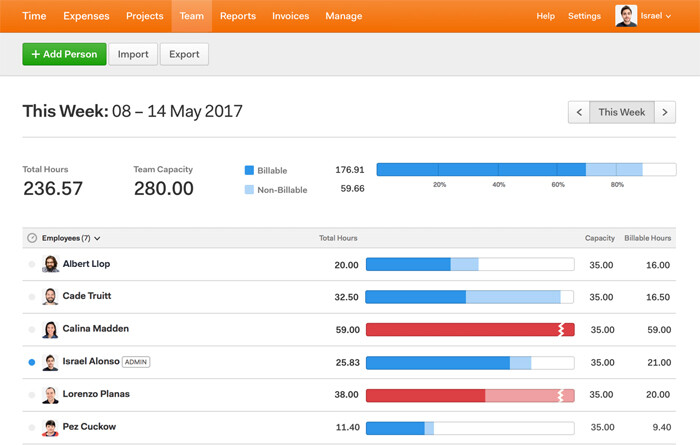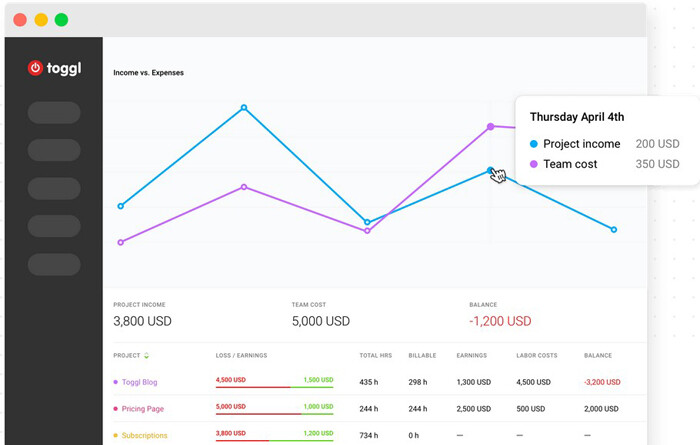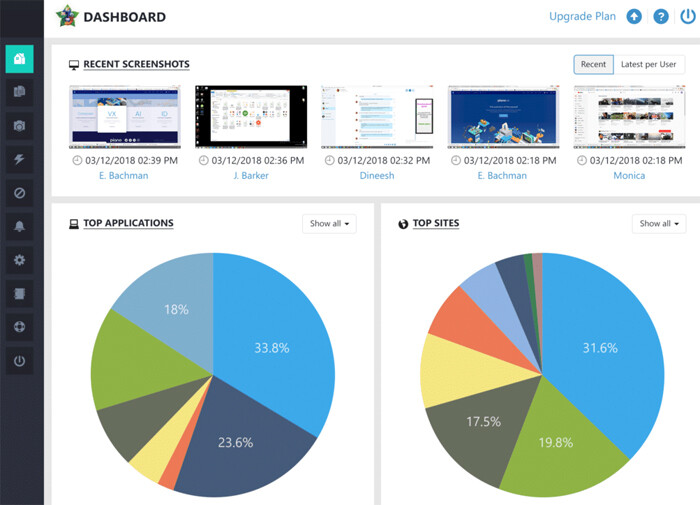Big data is playing a vital role in productivity optimization in virtually every industry. Countless new tools rely on big data to streamline productivity.
Big Data Makes Productivity Technology a Thing of the Future
Assuming you have a solid business model in place, your team’s productivity will correlate closely with your overall success. Productive teams are able to get more done every day. They’re able to accomplish more tasks with less effort, less money, and fewer resources. However, productivity is notoriously difficult to measure—and sometimes, even harder to improve.
The good news is that new data analytics tools have helped simplify productivity tracking. You can use these data analytics tools to increase productivity among your employees by improving morale, motivating employees, implementing better processes, and giving your employees access to better tools—but if you don’t understand the root causes of your productive inefficiencies, you won’t know where to begin. That’s why you need at least one of the following productivity tracking apps that help you measure and track employee productivity consistently.
These are some of the best productivity tracking apps that rely on big data to help businesses:
1. EmailAnalytics

First, there’s EmailAnalytics. It’s an analytics tool for Gmail that helps you track and understand your employees’ high-level email habits. Your team likely spends at least half their day reading, writing, sending, receiving, and managing emails, so even a small inefficiency here can quickly balloon to eat up hours of your employees’ time. EmailAnalytics helps you understand where these pitfalls arise, so you can devise strategies to resolve them.
2. Harvest

Harvest is the first of several time-tracking tools on this list. Time tracking is almost always designed to help you understand when and how employees are spending the hours of their day. You’ll quickly learn which tasks take the most time from your employees, and where time is being wasted. As long as your employees use it consistently, your insights will be valuable.
3. Toggl

Toggl is another time-tracking tool, with a handful of features that make it unique. Toggl is designed as simply as possible, to make it easy for employees to learn and use. It also has tracking reminders to keep your employees on task, and idle detection so they’re alerted if they haven’t been doing something productive for a period of time.
4. MyAnalytics

Microsoft’s MyAnalytics is a tool for businesses using Office 365. It uses data from a variety of apps, most notably Outlook, to determine where your team’s time is being wasted and where it’s being well-spent. For example, you may learn that your employees are constantly scheduling and attending meetings, making it difficult for them to focus on heads-down projects on a regular basis.
5. ActivTrak

ActivTrak is an option for team leaders who want to keep a closer eye on their employees. It’s a type of employee monitoring software that can be installed on practically any device. Once installed, it reports how your employees are using that device, measuring their relative productivity and alerting you to unwanted behaviors. It also takes periodic screenshots to show how your employees are working.
6. Trello

Most project management platforms offer some degree of productivity tracking, and Trello is no exception. It’s a flexible app designed to make it easier for teams to collaborate on specific projects, using cards and columns to keep things organized. With it, you can keep track of who’s working on what, how many tasks your employees are closing out, and how valuable your chosen projects have been overall.
7. iDoneThis

iDoneThis is a simpler productivity tracking platform that encourages your employees to self-report their progress. Each day, it will prompt your team members to provide a status update, including what they’ve accomplished and which challenges have stood in their way. Over time, you’ll be able to generate reports on how your employees’ productivity has improved or declined in response to new variables.
8. nTask

nTask is a free project management platform that helps your team organize and track their individual tasks. You’ll get access to shared calendars and task boards, where you can keep track of project details and pay attention to who’s working on what. You’ll also get access to ongoing reports, so you can track how your team’s productivity is improving over time.
As you can see, there isn’t a single all-encompassing way to track productivity. Employees’ habits with email, scheduling, time management, and task management all play a role into how “productive” they are, overall. The more variables you understand, the closer you’ll get to an accurate picture of your team’s productivity.
Implementing Productivity Tracking Apps
Once you’ve decided on one or more productivity apps to install, you should use them to get a baseline for your employees’ productivity. Here, you may learn a key weakness or area that needs improvement.
If you don’t find any glaring weaknesses, you could start experimenting, trying a variety of strategies until you land on one that provides a significant boost to your team’s productivity. If you keep that process of experimentation and improvement consistent, you’ll be able to increase your team’s productivity based on real data.
Big Data is Changing the Nature of Productivity for Years to Come
Big data is boosting productivity for businesses in every industry. A number of new tools are leveraging data analytics to help their teams in every facet. As a manager, you should be aware of these productivity tools and the way they use data analytics to aid their users.
Leave a Reply